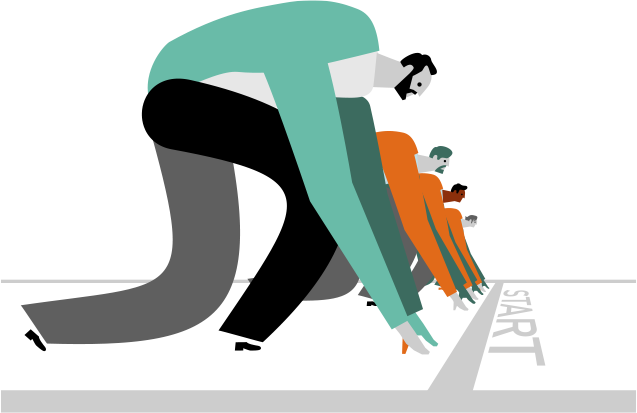
Step 1:Identifying the problem
A. Defining the situation on prison education

“He, who opens a school door, closes a prison”
According to international conventions and recommendations, detainees have the same right to education as other citizens. Furthermore, providing learning opportunities in prisons presents a range of potential benefits to the detainee and to society. Education and vocational training can reduce the social costs of crime. They also represent one of the key tools that help to support the rehabilitation of detainees and their reintegration into society and are among the strongest remedies for the endemic problem of criminal recidivism.


Training courses in the penitentiary system except that broaden the horizons of the detainees, help to empower the individuals, promote the value of diversity, and help the citizenship process, they are an essential tool and service for the prison itself. However, prisons’ managers have to encourage the active involvement of convicts, ensure that the courses are permanent, make sure that there is a link between the courses and the job market, as well as that trainees acquire formal qualifications. At the same time adequate strategies at a national level are needed to facilitate a rights-based approach to access to education in prison and sufficient funding so that these strategies could have a real impact.
B. Identifying the problem
The problem analysis is the phase in which the negative aspects of a given situation is identified, establishing the cause-and-effect relationship between the observed problems.
The problem analysis is extremely important with regard to advocacy strategy, since it maps and influences the design of all possible interventions.
The problem analysis includes:
Definition of the framework and the subject of analysis.
Identification of existing problems faced by the target group.
Formulation of the causes and consequences of the problems.
Design of a diagram, called “problem tree” to help analyze the cause-effect relationships.
The following figure shows an example of a “problem tree” related to prison education.

TOOL 1. THE PROBLEM TREE
Problem tree analysis helps stakeholders and policy makers to establish a realistic overview and awareness of the problem by identifying the fundamental causes and their most important effects. The trunk represents the problems. The roots are the causes of the problems while the branches represent its effects.
1. ROOTS (causes):

2. TRUNK (problems):
3. BRANCHES (effects):

